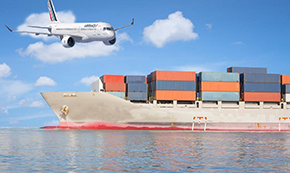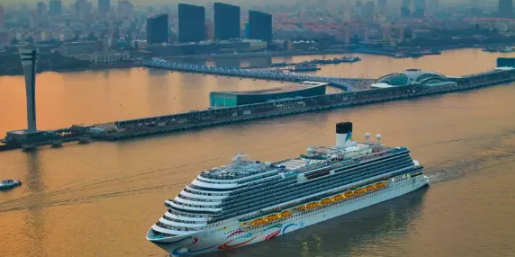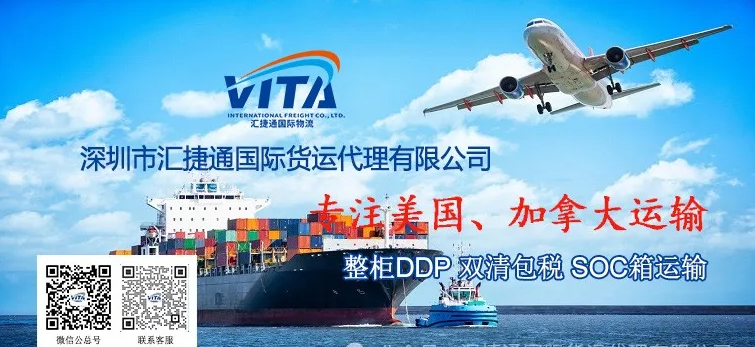US Shipping's 'New Trick': A Self-Defeating Trade Protection Farce
Against the backdrop of international trade friction, the United States has set its sights on the shipping industry. Since the Trump administration took office, it has frequently used the "shipping card" against China, attempting to "check" China's influence in the maritime, logistics, and shipbuilding sectors through a series of restrictive measures. However, these seemingly tough measures are actually a self-defeating trade protection farce, reflecting the ills of the US's own industrial structure and its disregard for global trade rules.
I. A Self-Portrait of the Decline of the US Shipping Industry
The decline of the US shipping industry is not a matter of overnight, its roots can be traced back to the Jones Act passed in 1920. This act, under the banner of "America First," imposed numerous restrictions on cargo ships built or operated in the United States, leading to high costs. Reports from the US Department of Transportation's Maritime Administration also acknowledge that the operating costs of vessels registered in the US and employing US crews are double that of foreign vessels. Such high costs make the US shipping industry uncompetitive in the international market, forcing a large amount of freight business to shift to trucks, trains, and airplanes. Today, the number of US shipping vessels accounts for only 0.4% of the global total, compared to 17% in 1960.
From a historical perspective, the decline of the US shipbuilding industry was predetermined. In 2000, there were only 193 ships built and flying the US flag, while the delivery volume and market share of Chinese shipyards were less than 10%, with the global shipbuilding market dominated by Japan and South Korea, with the two countries accounting for over 60% of the market share. Although the US has long provided subsidies to its maritime and shipbuilding industries, such as the Maritime Security Program, the Tanker Security Program, and the Federal Ship Financing Program, these subsidies have not played a substantive role. The deeper reasons for the decline of the US shipbuilding industry lie in labor shortages (average age 52), incomplete industrial chains (41% supporting rate), and high costs (labor costs are 4.3 times higher than in China). These structural problems cannot be solved by trade protectionism, but will instead further distort the market and hinder the healthy development of the industry.

II. The 'Side Effects' of US Restrictive Measures
The US's proposed restrictive measures include levying a port fee of up to $1.5 million per voyage on Chinese-flagged ship operators and shipping companies that own or order ships built in China, and providing fee reductions to operators using US ships; and mandating a gradual increase in the proportion of US-flagged ships carrying US exports. These measures appear to protect the US domestic shipping industry, but are actually a "poison."
The United States is a renowned cargo owner and major trading nation, and its ports are important nodes in the global shipping network. However, these restrictive measures may disrupt global capacity adjustments, leading to a reshuffling of US-related routes and further reducing the berthing volume of US ports. Nobel Prize laureates in economics, prominent shipping consulting firms, and the US Chamber of Commerce have all warned that rising transportation costs will drive up US commodity prices and exacerbate inflationary pressure. The United States is a major exporter of food, agricultural products, and energy, most of which are exported to the rest of the world on ships made in China. The proposed port charges will significantly increase the costs of these exports, reducing their competitiveness in the global market. Ultimately, the increased freight costs will be borne by American farmers, ranchers, and downstream producers and processors. Past trade wars have shown that this unilateralist behavior only leads to huge losses for relevant groups in the US and does nothing to boost the US economy.
III. The 'Seismic Waves' of the Global Shipping Pattern
US trade protectionist measures not only have a negative impact on the US economy itself, but also have a huge impact on the global shipping pattern. International organizations such as the World Shipping Alliance and the International Maritime Workers' Union have expressed concerns about US actions. China's shipbuilding industry has developed rapidly in recent years, relying on its industrial chain and cost advantages to maintain its position as the world's number one in terms of shipbuilding completion, new orders, and order backlog for 15 consecutive years. In terms of technology, China has also made significant breakthroughs in high value-added ship types such as LNG carriers, large container ships, and luxury cruise ships, and the order share has continued to increase. Currently, 60% of the world's fleet has at least one Chinese-made vessel, and one-quarter of the vessels in 40% of the fleets are made in China. Since 2020, China and the US have signed agreements to purchase tens of millions of tons of oil, gas, and grain annually, and Chinese shipping companies handle 12.6% of US import and export containers. Chinese shipping companies have made important contributions to global trade and US economic growth, market vitality, job creation, and tax revenue.
If the US imposes additional charges on Chinese-made vessels, it is estimated that global shipping costs will increase by $40 billion to $52 billion annually, and freight rates on US routes could rise by 15%-20%. 80% of the top ten global ship owners' container ships bound for the US will be affected by the charging measures. Shipping companies may be forced to adjust their routes or form "parallel fleets," leading to fragmentation of the global shipping market, increased port congestion, and reduced logistics efficiency. The US's unilateral measures will not only directly affect the direct operators of the shipping industry, but may also affect all aspects of the global supply chain, increasing market uncertainty and thus affecting the stability of the global industrial structure and financial markets. This self-defeating behavior will ultimately lead to the US becoming "isolated and friendless" and being isolated in the global trade landscape.













